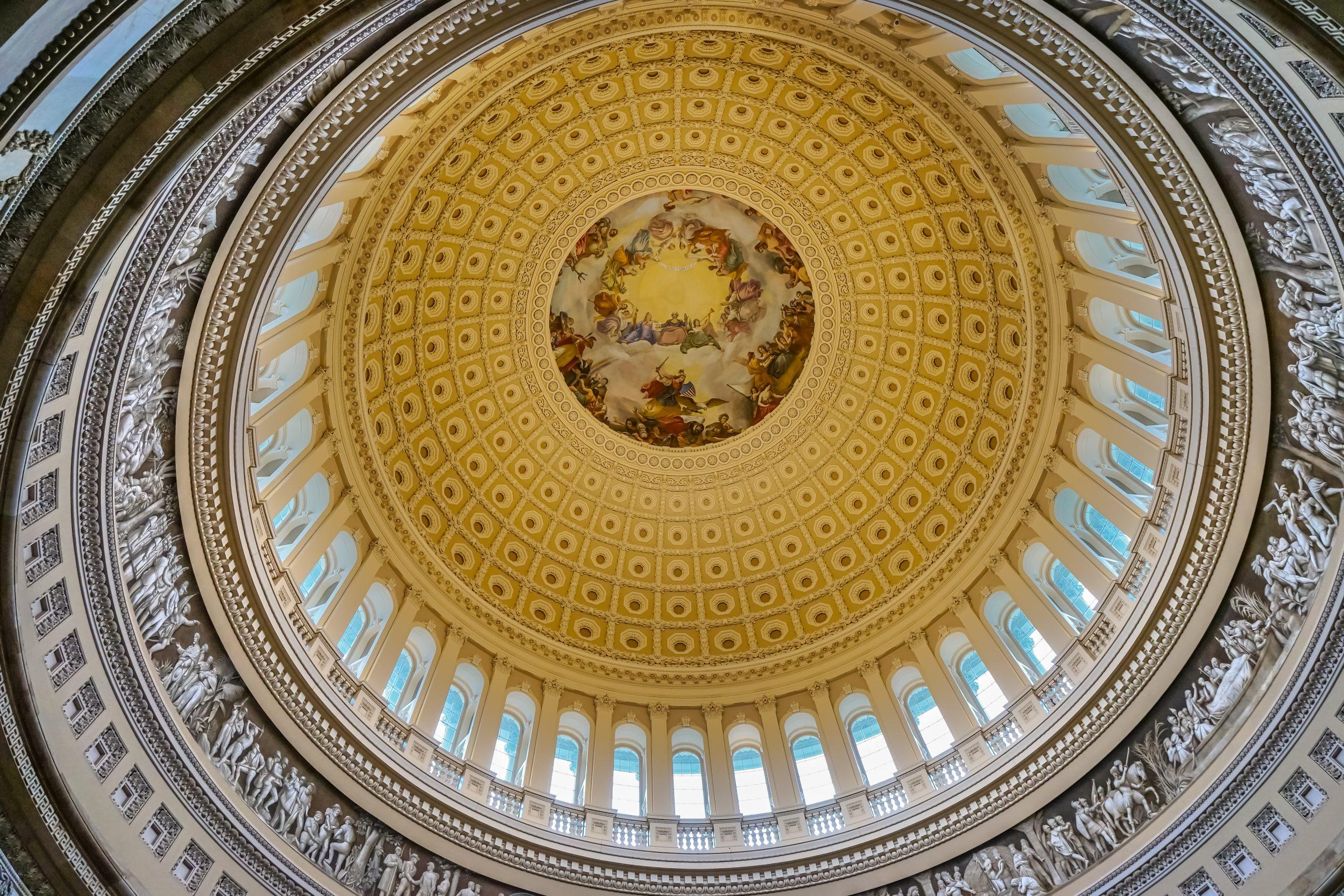We answer questions from our most recent M-RETS webinar
With market uncertainty on the rise, many renewable natural gas (RNG) players are looking to diversify their credit pools. This EcoEngineers webinar aired for the public on March 5, 2024. It introduced an audience of more than 250 attendees to the Midwest Renewable Energy Tracking System (M-RETS) and its third-party verification process. Our experts examined the similarities and differences between audits under M-RETS, the California Low Carbon Fuel Standard (LCFS), and the U.S. Renewable Fuel Standard (RFS).
Current and prospective renewable thermal certificate (RTC) generators received new insight into the process from one of the industry’s top verification bodies and learned how it could apply to their businesses. This comparative approach guided generators through the process by using familiar programs to build their understanding in an easy-to-digest manner.
The presenters on this webinar were:
- Andrea Adams, Director, GHG Audit and Voluntary Audit, aadams@ecoengineers.us
- Aimsley Kadlec, Compliance Specialist, akadlec@ecoengineers.us
Due to time constraints, many questions went unanswered during the presentation, and we wanted to make sure we addressed them. Keep in mind without proper due diligence and knowledge gathering required to answer specific projects, we are speaking mostly in industry generalities. Watch the full webinar here.
Q: Are there any accreditation requirements for the Professional Engineer (P.E.) certifying the production, such as accreditation by the ANSI National Accreditation Board?
A: In the United States, the P.E. will need to be certified in the state where the facility is located. In Canada and Mexico, the engineer can be certified in any U.S. state or those respective countries.
Q: Would M-RETS qualify to meet the energy attribute certificate (EAC) requirements to reduce the carbon intensity (CI) of hydrogen under the 45V clean hydrogen tax credit program?
A: Much is still unknown about this tax program, but according to the proposed 45V rules: “The EPA has advised that EACs are an established mechanism for substantiating the purchase of electricity from zero GHG-emitting sources and that the use of EACs with attributes that meet certain criteria is an appropriate way for the Treasury Department and the IRS to document electricity inputs to electrolytic hydrogen production. Such EACs can also serve as a reasonable methodological proxy for quantifying certain indirect emissions associated with electricity for purposes of the section 45V credit. Similarly, the EPA and the DOE have advised that it would be appropriate for EACs with attributes that meet certain criteria to be included as part of the basis for assessing emissions for purposes of the section 45V credit.”
Q: Over what period is the CI score verified? Can a prior year CI score be used for later years?
A: CI is verified annually. Eco’s verification process includes verifying the CI score as soon as it is provided to us, and then every year afterward.
Q: With the new RFS set rule on gas storage, would it be practical to enter the program while trying to get RFS registration, so the value of gas is not lost?
A: Yes, we see this as one of the best opportunities M-RETS offers.
Q: Are there any specific metering quality or continuous measurement requirements under M-RETS for quantifying the biogas volume/quality? Is this similar or different from LCFS or RFS’s Biogas Regulatory Reform Rule (BRRR)?
A: This process is similar to LCFS and RFS requirements. Inlet biogas flow and methane content data must be monitored continuously, but there is not a 15-minute requirement as there is for the LCFS.
Q: Is the M-RETS program only applicable in Canada, Mexico, and the U.S.? Can it extend to other Central American and Caribbean Island nations?
A: Currently, there are no facilities outside of those three countries, but M-RETS is open to all nations in North America.
Q: How is double counting avoided if a generator is selling into the voluntary markets?
A: Generators must provide supporting documentation, including attestations, to demonstrate that double counting is not occurring. The verifier reviews this evidence as part of the audit process and checks it against other information at our disposal.
Q: If a dairy digester generated gas five years ago, and the gas was not eligible for RFS or LCFS credits at that time, would that gas be eligible for credits under M-RETS?
A: It depends on the reason for the gas not being eligible for the RFS or LCFS. If it was not eligible because it did not meet the feedstock requirements, it may be eligible in M-RETS. However, if the facility did not have meters in place to measure the flow of inlet biogas or the product gas volume, it is likely ineligible in M-RETS.
Q: Does gas qualify if it is being used by an end user and displacing natural gas — even though it is not pipeline-quality?
A: It may qualify, but since it is not pipeline-quality, it will have to be approved by M-RETS. Reach out to M-RETS with the specifics of the project, and they will be able to tell you if the project qualifies.
Q: Does your CI score impact the value of the RTC?
A: The value of your RTC depends on the contract with a particular buyer/end user and if they are willing to pay a premium for a lower CI attached to the certificate.
Q: If a project is participating in the LCFS program, why must that production be reported for M-RETS too?
A: M-RETS requires that all production be reported into their portal, so they can track all the production from generators in the program. This helps prevent double counting.
Q: Does M-RETS require audits to create RTCs? If not, does M-RETS show which RTCs were audited, and which were not?
A: If a generator is not splitting their production between multiple programs (i.e., they are sending all their production to M-RETS), a verification body is not required. However, any generation that occurs without being verified receives a higher level of scrutiny from the M-RETS system administrator.
Q: Where are the values of traded RTCs published?
A: The credits are not traded on an open market (as they are with RINs or Renewable Identification Numbers). The prices are much less transparent because they are individual agreements between an end user and the producer. M-RETS is merely the matchmaking platform for these two entities.




